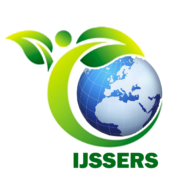The New Model of Relationship Leisure and Tourism Development on Quality of Life (Review Studies)
This report is about the quality of human life and leisure and tourism. Different perspectives of human life have been reviewed and have been related and connected with the quality of leisure and tourism. The Human life perspectives that have been reviewed are Human mankind, Human relationship, Human society, Human environment, and Human Development. Further on, there is a review of the quality of leisure and tourism under different dimensions which can be read in the report. Tourism development in the new paradigm concept of development has been addressed to the goal of sustainable development to increase the quality of life of the community (tourist, host, providers) based on the concept of values. The modernity of tourism development has to do with setting up the concept of values, development of humans by technology to minimize using natural resources, and harmonization of three main tourism stakeholder groups; are the owners of the destinations, tourism industries, and tourists as consumers of the destinations to the goal of quality of life.

